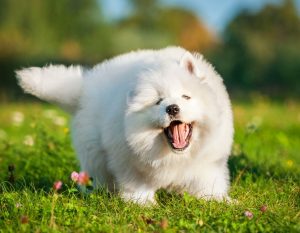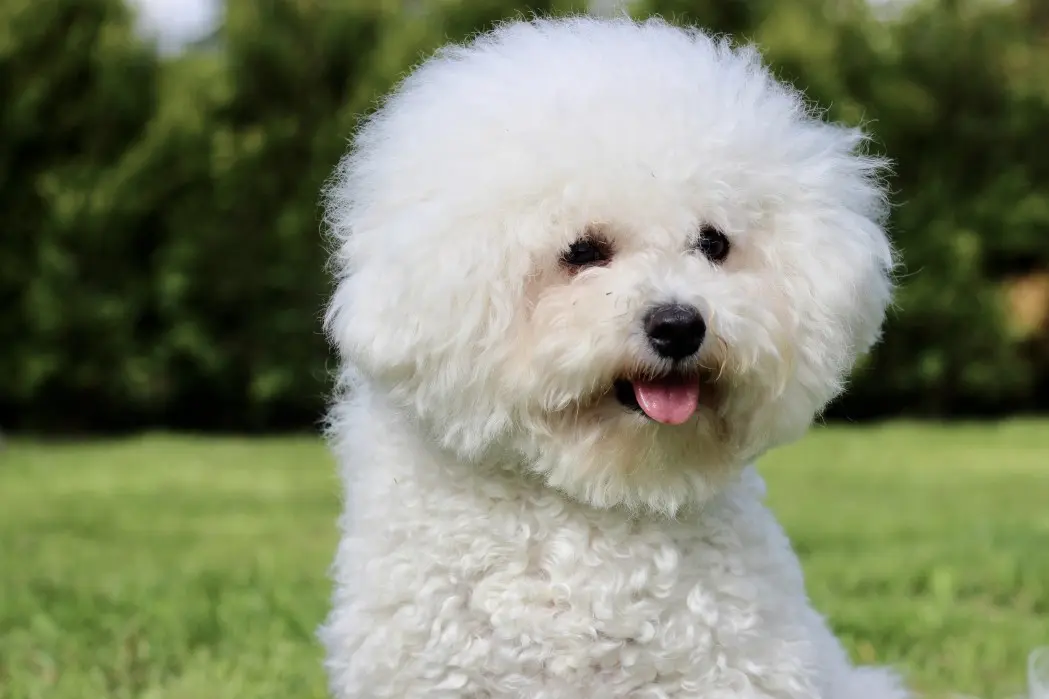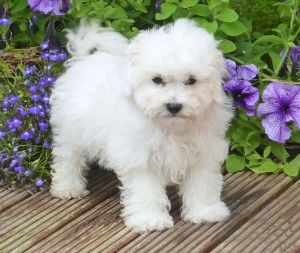If you want to know about these awesome pups, you are on the right guide. We will discuss where they come from, how this breed came up, and why they are so loved by people. Whether you already like dogs or you just only just discovered you do, you will learn a lot from this guide. We’ll talk about how they look to clear up any stories you might have heard. So, let’s jump into this adventure together and find out why Chocolate Pitbulls are so nice!
Origin and background
This Chocolate colored Doggy, also called the Brown American Pitbull Puppy, has a cool story about where it comes from in the United States. People carefully made these dogs to have a special color the American Pitbull Puppy.
Origin
These cute dogs are part of the
American Pitbull Terrier family. People picked them especially because they have beautiful brown fur, which makes them different from other pit bulls.
Historical Context and Development of the Breed
A while back, some people wanted to make Pitbull dogs look different by changing their color. They worked really hard and managed to create Pitbulls with a pretty chocolate color that we can see now.Pioneering Breeding Efforts
People who really liked some types of dogs worked very hard to make
Chocolate Pitbulls. They chose mom and dad dogs with the best qualities, like being nice and looking good, to make a new kind of dog that’s not only pretty but also acts well and stays healthy.
Evolution Over Time
Over time, the Brown Doggie has changed a lot from when it first started. Now, it’s a favorite kind of dog for many people who love dogs. This change shows how much people who make and love these dogs care about them.Cultural Significance
Many dog lovers adore Chocolate Pitbulls for more than just their looks. They’re not just cute; they also show faithfulness, power, and friendship. That’s why families all over the world really love them.
People have worked really hard to make these dogs special. They’ve become really loved pets. They make their owners happy with their special charm and personality.











